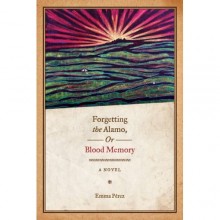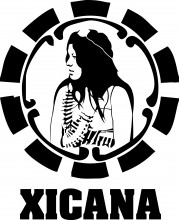 This year is a special year for Loyola Marymount University (LMU). It is the year marking the first 100 years for LMU, so along with it there has been a lot to to celebrate centennial year. We are rediscovering our history and everything that makes us the school we stand to be today.
This year is a special year for Loyola Marymount University (LMU). It is the year marking the first 100 years for LMU, so along with it there has been a lot to to celebrate centennial year. We are rediscovering our history and everything that makes us the school we stand to be today.
However as I sit in class and listen to how if it was not for student groups, like Movimiento Estudiantil Chicana/o de Aztlan (MEChA) the demand for Chicana/o Studies would not have emerged, thus the department would not have been created. As an institution founded on social justice, LMU is very lucky to not only offer a BA in Chicana/o Studies but most importantly to actually have a Chicana/o Studies department, because through this exposure and awareness to the Chicana/o and Latina/o culture it exposes students like myself to a history that some over look while some try to erase. History that is part of the 100 years of LMU but I have not heard a strong presence among all the centennial celebrations.
With that being said, I started to wonder how did the Chicana/o Studies department evolve here at LMU and thus began my journey. As a recently declared Chicana/o Studies minor, I took it upon myself to find this out. So I have decided to not only focus my capstone project around this topic but also compose a series of blog post to share my discoveries.
I will be conducting research by collecting data from the university’s archives. This means looking at old and even historic documents following the development of the Chicana/o Studies department as well as the student involvement in this effort. I will also be looking at old school newspapers and maybe even coverage of our local newspapers like the Los Angeles times. Depending on what I might find here, I might have to conduct interviews and thus becoming like Maylei Blackwell, an oral historian in a sense.
From all that I hope to find out how the University handled the development of the department. I also want to find out, what was the atmosphere on campus among the student body prior to the development of the department as well as the after its creation. It would be very interesting to find out who were the first professors in these courses as well as who were the first graduates from the department. It would be cool to find out what their experiences were like and what kind of hardship they faced. After learning about the departments foundation, it would be great to find out how it has survived and possibly any sort of changes planned for the future.
I can not wait to see what I find out.
Picture credit: “human 100 planking” http://www.facebook.com/photo.php?fbid=10150357651391085&set=a.473141356084.282436.215120346084&type=3&theater
This is part of a longer blog series, which you can find links to the the next blog posts below.
Read more:
Setting the Stage, Students Propose New Program, From Chicano Studies Department to Mexican-American Studies Degree Program, Capstone Project Gone Blog, So You Want to Take Introduction to Chicana/o Studies?, So Let’s Put Some of the Pieces Together


